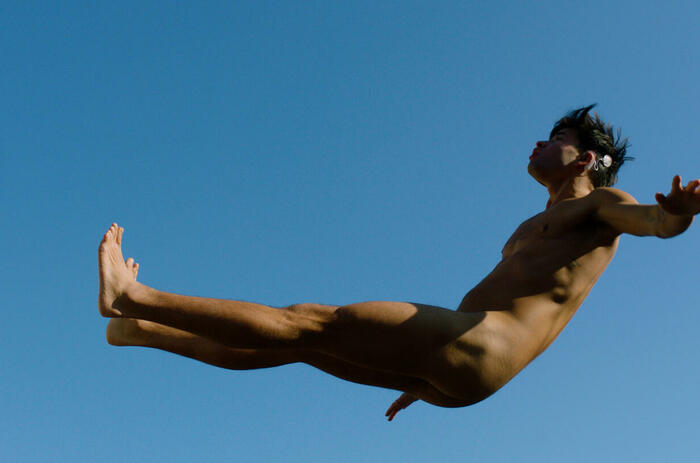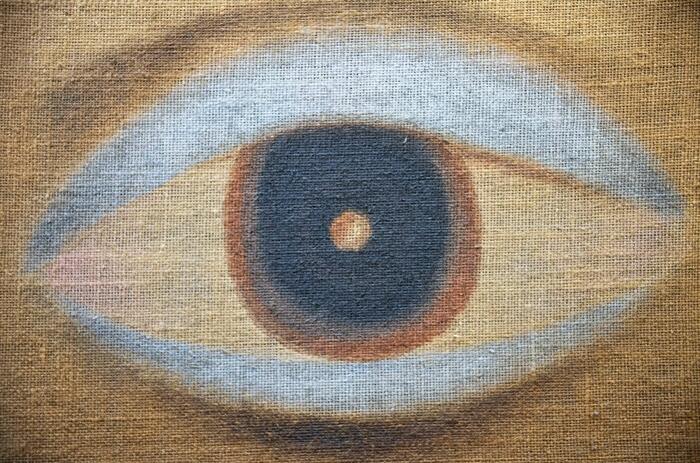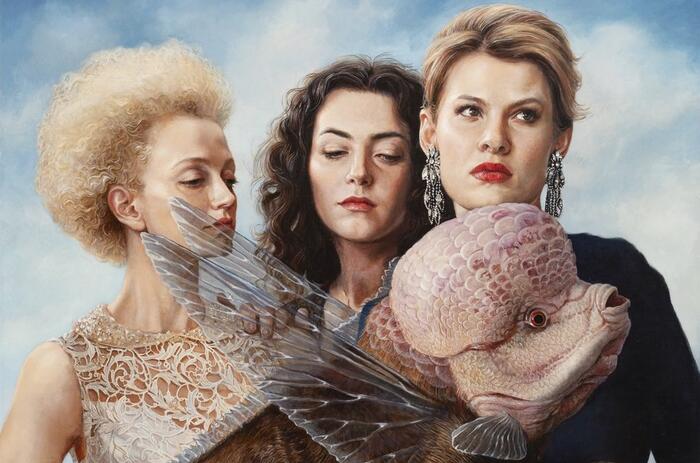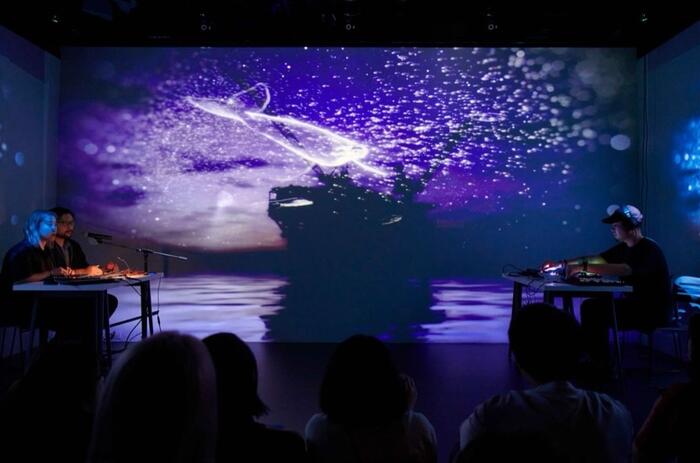TRACES IN ORDER TO REMEMEBR: BETSABEÉ ROMERO
The Fund for Park Avenue and its Sculpture Committee have invited two artists, Betsabeé Romero and Jorge Otero-Pailos to exhibit their sculptures on Park Avenue from March through October 2024. Their eight works are presented in conjunction with New York City (NYC) Parks’ Art in the Parks program.
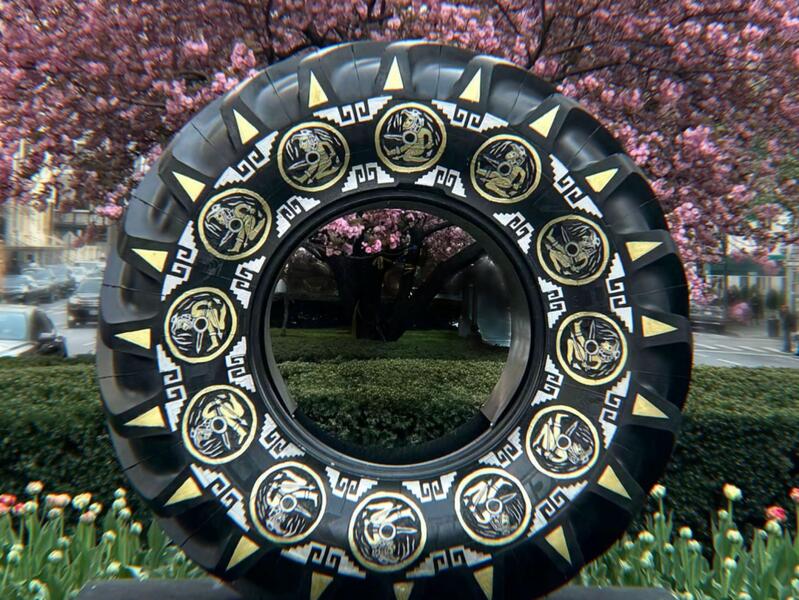
Betsabeé Romero is a visual artist living and working in Mexico City. For over twenty years her artistic practice has centered around carved tires, refashioned cars, painted hoods, incised mirrors, and papier maché. With these materials the artist proposes the tensions between local and historical traditions and industrialized, consumerist societies.
The five sculptures, titled Traces In Order To Remember, selected for Park Avenue are made from recycled tires, each of which is incised with design patterns or motifs from Pre-Columbian objects such as textiles and carved stone monuments. Each tire is hand painted with gold or silver leaf, or both. Each sculpture has multiple entry points in which to appreciate the materiality, hand-craft, industrial production of cars, trucks, and rubber, modern technology, labor, movement (mobility), indigenous symbols, anthropology, and gender.
Betsabeé Romero has chosen rubber, a natural material produced in Mexico as the support for both her figurative and abstract work. The support for Warriors in Captivity III is a tractor tire that features a warrior, a motif based on pre-Hispanic cylindrical seals (sellos). Moon Seal features four tractor tires engraved with abstract designs sourced from indigenous textiles and the maize motif, all are painted with silver leaf.
The five race-car stacked tires in On the Other Side of the Track recall totemic structures in Mexican architecture. Each tire is carved so that the design patterns of the embroidered Mexican shawls peer through the openings. The engravings as well as the wooden lids, similar to car hubcaps on each side of the tire, are painted in gold leaf. Rubber and Feathered Snakes features Quetzalcoatl, the Aztec feathered serpent god. The serpents weave in and out of the tires, emphasizing the circularity of the tire itself. The serpents are carved in tin and painted gold.
The figure of the feathered serpent god in Warriors in Captivity is engraved and painted on the face of three different bus tires. Romero perceived the bus tire sculptures as containers of memories for Mexicans who, while trying to emigrate, experienced hope as well as grief. The artist envisions the three bus tire sculptures as reminders of laborers from the south who work the land. Her employment of race car tires refers to NASCAR races, a popular male dominated sport in Mexico as well as in other countries. Romero’s use of textiles in those tires refer to the female dominated traditions of women weavers.
By embodying pre-Hispanic iconography in Traces In Oder To Remember, the sculptures speak to the rich ancestral culture of the past and present. The multiple thematics of the work, grounded in Mesoamerican iconography on contemporary industrial objects, are installed on the cross streets from East 81st to East 83rd on Park Avenue. Their location near the Metropolitan Museum of Art is intended to resonate with the museum’s Pre-Columbian and contemporary art collections.
The Fund for Park Avenue, one of the city's first public-private partnerships, is responsible for planting and maintaining the trees and flowers on the Park Avenue Malls between 54th and 86th Streets. The Fund's Sculpture Committee works closely with the ‘Art in the Parks’ program by NYC Parks to present a variety of temporary sculpture exhibitions on the Park Avenue Malls.

